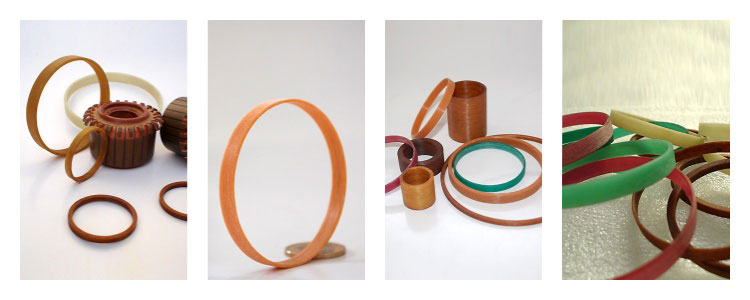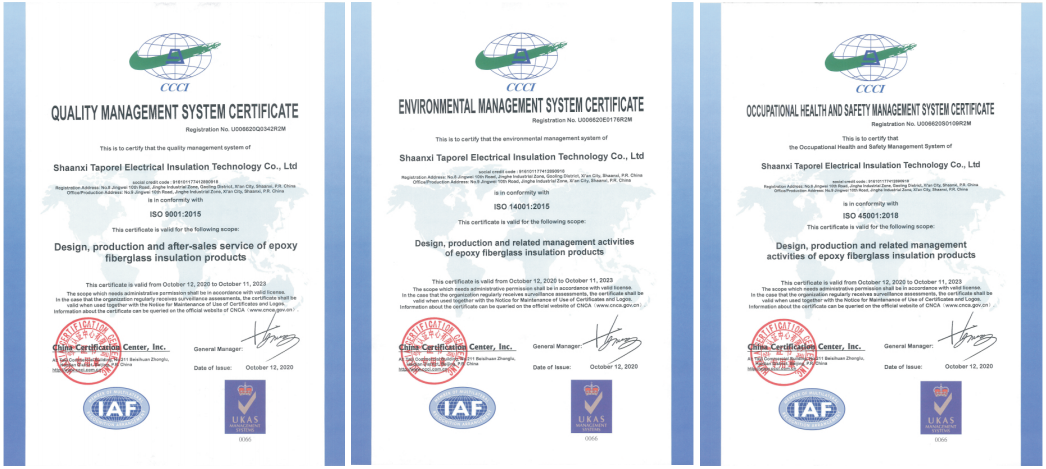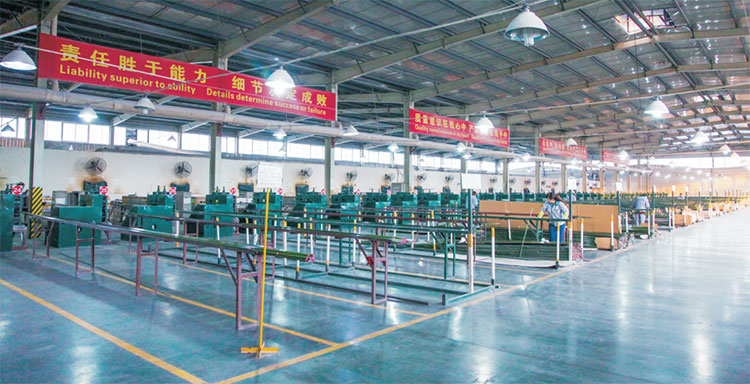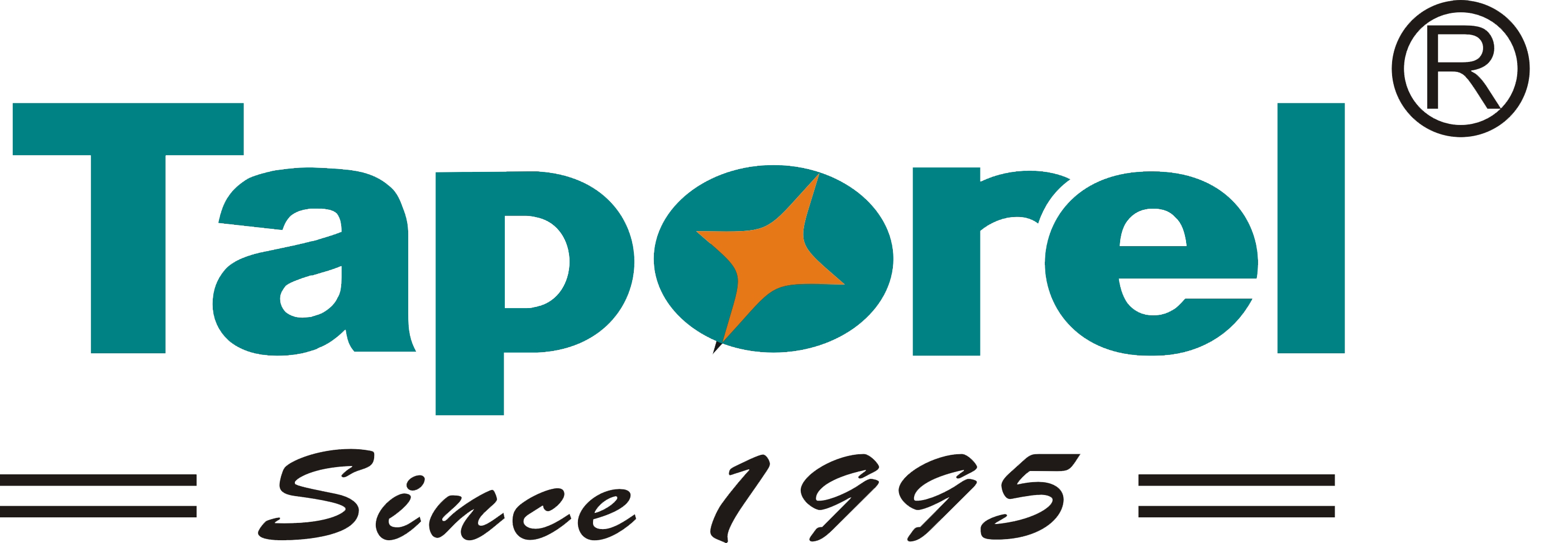What is the Insulation Ring?
Insulation Ring is a kind of component that is used in electrical and mechanical systems for effective insulation and mechanical separation between the conductive elements. Usually manufactured from high-performance composite materials like fiberglass reinforced polymers, epoxy resin, and materials of similar compositions that provide excellent electrical insulation properties, low weight factors, and extreme durability. The electrically Isolated devices are designed to isolate electrical currents in high voltage environments, but withstanding mechanical stresses, thermal variations, and environmental conditions such as moisture, UV exposure, and chemical agents. The non-porous surface also reduces their risk of surface leakage or contamination which is beneficial when used under harsh clean or controlled environments. The compact, flexible design of the coil bends anywhere in any electrical equipment, including transformer, reactor, and busbar. Particularly prized for their ability to provide electrical safety, contribute lightweight and efficient system designs in modern industrial and energy applications, and improve system reliability, they are highly valued.

Parameters
| Properties | Unit | Typical |
| *Color *Resin content ( weight % ) *Glass fiber content ( weight % ) *Composite density*Circumferential tensile strength at 20°C (NOL test ) *Temperature at which the residual of *Fiber direction thermal expansion coefficient (CTE) *Thermomechanical analysis: |
% % g/cm³Mpa (PSI)
°C
1/K
°C |
Light brown 16-23 84-77 2.10-2.20800-1200 (116000-174000)
300°C
8.50E-06
300-350°C |
Are you interested in our products? Or would you like to receive customized services and solutions? Please let us know at info@taporel.com
Features
1. Lightweight design
Glass fiber-reinforced polymer and similar materials are commonly used for making insulating rings and have economic and physical properties to reduce the total electrical system load.
2. High mechanical strength
It can withstand large mechanical stresses and reliable performance under heavy loads and dynamic conditions.
3. Thermal stability
The device is meant to survive an extended range of temperatures and to operate stably in environments experiencing numerous thermal swings.
4. Moisture resistance
It uses a composite material that ensures excellent resistance to moisture absorption to mitigate climate-induced degradation.
5. Dielectric consistency
Uniform insulation performance minimizes energy loss and maintains long-term stable electrical performance.
6. Customization potential
It is easy to alter these rings to suit different shapes, sizes, and specifications and can be modified in terms of quality to suit different types of electrical applications.
7. Non-corrosive
The composite structure is chemical corrosion resistant and applicable for industrial use in a harsh environment.
8. Vibration reduction
This inherently damps vibration transmission, making machinery run smoother and quieter.
Application
1. Transformer
Insulation and isolation of conductive components of high-voltage transformers in power systems must make them operate safely and efficiently.
2. Busbar system
Used to provide insulation between phase and ground wires and improve busbar component electrical safety in substations and industrial environments.
3. Reactor
Reactor installs to isolate windings and structural components to elevate reliability in high-frequency or high-voltage environments.
4. Motor
Electrical application to electrically isolate conductive elements in the motor reduces the risk of short circuits and improves the operational stability of the motor.
5. Wind turbine
Used within wind turbine systems to protect high voltage connections and defend against harsh environmental conditions.
6. Aerospace equipment
They are used in aerospace electrical systems for lightweight and rugged insulation to interface with components that see extreme temperatures and pressures.
7. Railway system
In railway traction equipment, is used for insulation of equipment subject to harsh conditions and operating at high voltages, to prevent safe and reliable operation.
8. Switchgear components
Insulation Ring is utilized in switchgear systems for the separation and insulation of different components in compact enclosures, flashover prevention, and highly efficient energy distribution.
ISO Certification

Workshop

